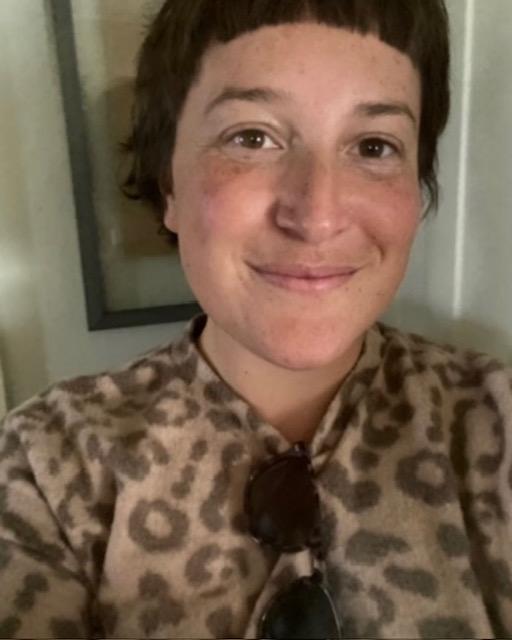RP Whitmore-Bard calls the Mind-Eye Institute the “happy place.”
The reference is not so much due to the success of RP’s optometrist Carla Adams OD and the rest of the Mind-Eye team in diminishing the debilitating symptoms the patient developed after two concussions and a brain injury – all in the space of about one year. “It is because I feel so taken care of and understood when I am there,” says RP, a Boulder, Colorado resident, psychotherapist, and director of a non-profit mental health center. “Dr. Adams always gives me a hug when I arrive and asks me how I am doing.”
Praising what Mind-Eye’s “brain” glasses and colored filters have been gradually doing, RP says the punctal plugs placed in the tear ducts of the eyes during a second visit to the Mind-Eye clinic in Northbrook, Illinois had the most immediate impact. “Dr. Adams told me my head injuries had put me in chronic fight-or-flight mode. I was constantly stressed. But, after the plugs were inserted, I felt almost instant relief; the plugs helped my nervous system relax.”
The Mind-Eye Institute is known internationally for its use of specialized eyeglass lenses and other advanced optometric interventions to affect brain function.
“By altering the way light passes through the retina, which plays a key role in the central nervous system, we can modify the dynamic relationship between the mind’s visual inputs and the body’s internal reactions and responses. The implication is that retinal stimulation with light can intentionally promote customized changes in a patient’s systems involved in metabolism, motor control, posture, mood, circadian rhythms, and decision-making abilities,” explains Deborah Zelinsky OD.
Dr. Zelinsky, who founded the Mind-Eye Institute, is globally recognized as an expert on visual processing.
Such “customized changes” to the brain are what oftentimes bring relief to patients experiencing headaches, brain fog, balance problems, and constant fight-or-flight stress due to brain injury or genetic mutations and disease, Dr. Zelinsky notes.
Indeed, RP experienced all those symptoms, plus extreme light and sound sensitivities, following head injuries, including two concussions in 2020. RP adds that problems actually became unbearably acute – and life-altering -- in September 2021 after a windstorm blew a tree down on RP’s head during participation in personal growth training in the Colorado wilderness.
“Peering into sunlight – even artificial light – proved literally painful,” recalls RP, who also had to wear noise-canceling ear phones in certain environments. “I was having difficulty with scheduling and tracking information. I had constant pain at the top and back of my head, seemed to be in a weird state – a brain fog – all the time, struggled with memory and decision-making, could not drive because motion made me nauseous, and had balance problems. In fact, I thought it a great accomplishment one time when I walked three blocks,” says the 35-year-old, who had been active, agile, and at the top of a professional career prior to the injuries.
RP is uncertain about regaining the “old normal” self because “my life has changed so much.” But RP remains grateful that the Mind-Eye glasses have reduced symptoms during the past year and a half. The patient estimates being between 50 percent and 70 percent of the way in the journey to recovery.
“Head injuries affected RP’s visual processing capabilities,” says Dr. Zelinsky. “When intact, visual processing enables people to understand and interact appropriately with the world around them. If brain circuitry is out of sync because it has been disrupted by trauma or disease or is underdeveloped, people can become confused about their surrounding environment and exhibit inappropriate reactions and responses, including chronic stress. If eyes, ears, and other sensory systems are no longer integrated as in RP’s case, then people have to continuously shift attention, and that effort becomes exhausting.”
“After the first six weeks of wearing Mind-Eye glasses, I began noticing I was feeling better,” RP states. Today, “the headaches are no longer constant, my light and sound sensitivities have declined considerably, and I have a greater understanding and appreciation of the science behind the work of the Mind-Eye Institute.”
During RP’s first phone call to Mind-Eye to make an appointment, “I could feel that the woman (patient advocate) talking to me understood me. She knew exactly what I was talking about and, in fact, had more information about my issues than I did. At that point, I realized Mind-Eye was a place that could help me.”

Success Stories, Traumatic Brain Injury
Patient Calls Mind-Eye Institute the ‘Happy Place’
RP Grateful Custom Lenses and Plugs Relieve Brain-Injury Symptoms
